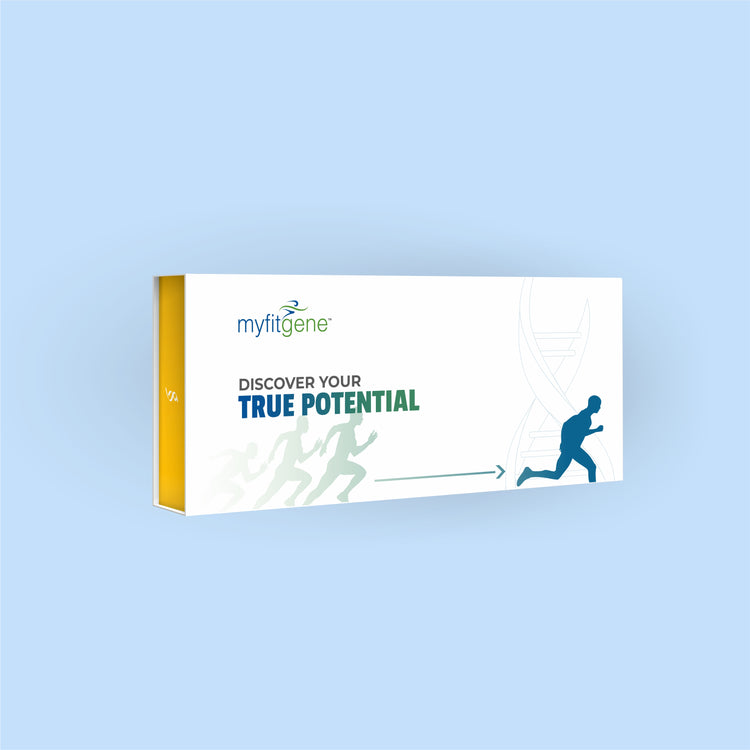Restless Legs Syndrome
Restless Legs Syndrome Guide
Restless Legs Syndrome (RLS), also known as Willis-Ekbom Disease, is a neurological disorder characterized by uncomfortable sensations in the legs and an irresistible urge to move them. RLS symptoms typically worsen during periods of rest or inactivity, such as when sitting or lying down, and can significantly impact sleep quality and overall well-being. Understanding the causes, symptoms, diagnosis, treatment options, and management strategies for RLS is crucial for individuals affected by this condition and their healthcare providers.
Understanding Restless Legs Syndrome
Restless Legs Syndrome (RLS) is a common neurological disorder characterized by an uncontrollable urge to move the legs, often accompanied by uncomfortable sensations such as tingling, itching, burning, or crawling sensations. These sensations typically occur in the evening or at night when the individual is at rest, leading to difficulty falling asleep or staying asleep.
The exact cause of RLS is not fully understood, but research suggests that abnormalities in dopamine signaling in the brain, iron deficiency, genetics, and certain medical conditions may contribute to the development of RLS symptoms. RLS can occur at any age, although it tends to be more prevalent in older adults and women, particularly during pregnancy.
Symptoms of Restless Legs Syndrome
-
Unpleasant Sensations: Individuals with RLS may experience uncomfortable sensations in their legs, often described as creeping, crawling, tingling, burning, or itching sensations.
-
Urge to Move Legs: The uncomfortable sensations in the legs are typically relieved temporarily by moving the legs, stretching, walking, or engaging in physical activity. However, symptoms may return once the legs are at rest again.
